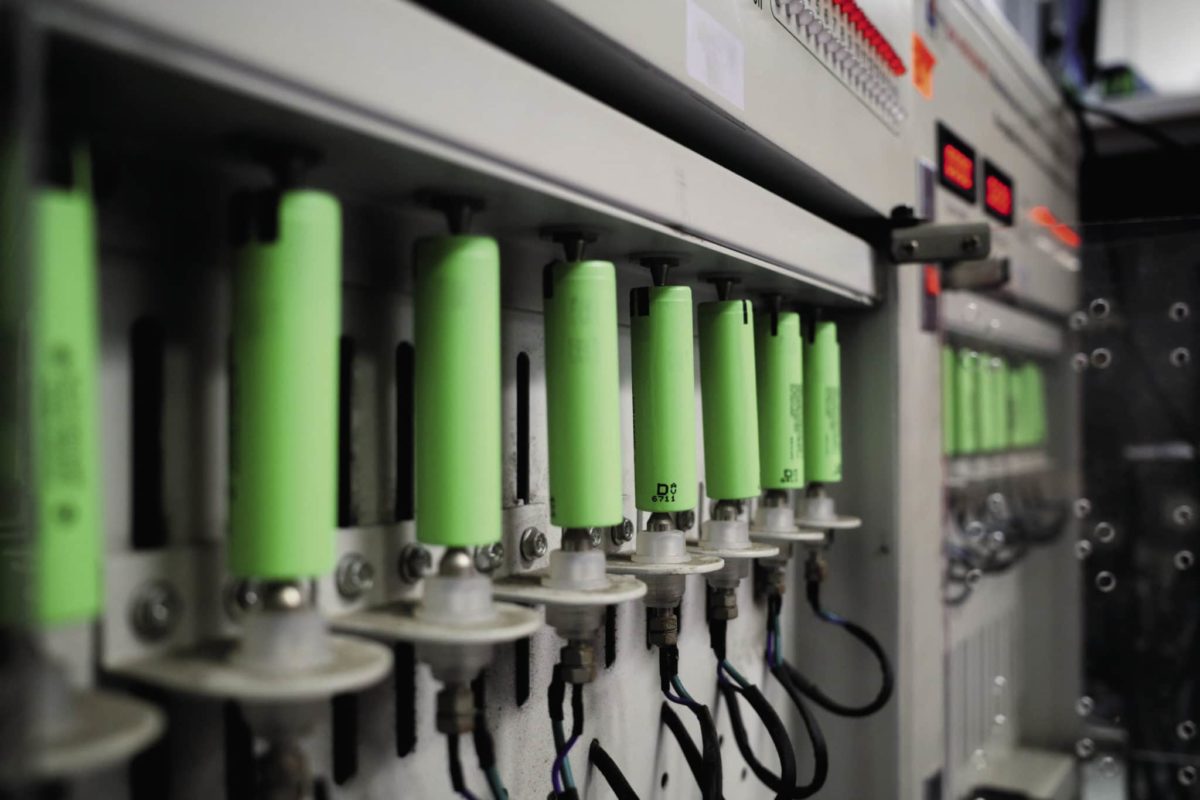India is steadily marching towards its ambitious goal of becoming the EV-first nation by 2030. Working towards expanding its electric vehicle fleet, in 2023 the country clocked a 50% spike of EVs in market share, reaching approximately 41.08 lakh units volume sales as per the data by SIAM. To maintain the momentum and spur the EV penetration further, it is essential to ace the performance and offering of vehicles to cater to the needs of customers in the market.
In the pursuit, industry players are continuously innovating to come up with advanced technologies for bolstering the EV ecosystem of the country. In the process, efforts are being made to diversify the battery technology in the form of solid-state Li-ion batteries to give the desired boost to power, safety, and lifespan of the batteries while augmenting the range and performance of the EVs. Considered to be the next generation of batteries, it comes with the potential to drive the next phase of the EV transition.
The traditional Li-ion batteries pose unique challenges of limited range accompanied by slow charging speed, which has been driving attention to solid-state batteries. As the name suggests, the solid-state batteries consist of solid electrolyte as compared to traditional Li-ion batteries, which is a game-changer in exhibiting great energy density. Increasing the capacity to store more energy, it plays a crucial role in enabling faster charging and driving higher output as compared to traditional Li-ion batteries. This, in turn, gives a significant thrust to the range of the solid batteries and contributes to enhancing the performance of the electric vehicle.
Additionally, unlike liquid-state batteries, with limitations of ignition at high temperatures responsible for explosion and fire incidents along with voltage drop during low temperatures, solid-state batteries can withstand extreme temperatures. The solid electrolyte, being composed of non-flammable organic solvents, can perform optimally even at high temperatures and can defy freezing at low temperatures. This ability to resist high heat temperatures is a major contributor to fast charging, which alleviates the major concern of customers worried about long charging hours of liquid-state batteries. Adding to the benefits of new-age batteries, the solid electrolyte is susceptible to less deterioration against its liquid counterpart, invariably prolonging the battery lifespan even further.

Bry-Air
With solid-state Li-ion batteries coming with the ability to revolutionize the EV ecosystem, industry leaders can further scale its performance by ensuring highest quality battery manufacturing. Considering that solid electrolytes are generally based on sulfides, it mandates manufacturing in a highly controlled environment. Sulfides being sensitive to moisture can undergo degeneration on coming in contact with humidity present in the air. Therefore, installing desiccant dehumidifiers in the manufacturing facility comes in handy for exercising precise control over humidity levels to avoid the production of faulty solid-state batteries. It plays a crucial role in reducing the impact of moisture throughout the process and aid in the efficient handling of moisture-sensitive materials.
Moreover, the manufacturing of solid-state Li-ion batteries conducted in Dry Rooms is huge energy guzzler, consuming approximately 43% energy during the process. Therefore, faced by major challenges of minimizing energy and providing with < -75°C supply air Dew Point, the role of dehumidifiers becomes even more important for not just mitigating moisture from the manufacturing facility but also monitoring energy consumption.
Super low dew point (LDP) dehumidifiers play a critical role in driving energy efficiency of the Dry Rooms and minimizing the operation cost of the manufacturing. Well-equipped with high performance rotors, the dehumidifiers ensure optimal efficiency of the Dry Rooms.
Advanced dehumidification systems can create optimal conditions for manufacturing and preventing moisture-induced defects in solid-state batteries. They can achieve -60°C Dew Point along with supply air of < -70°C Dew Point for ensuring the stability and performance of solid electrolytes. Along with this, the manufacturing process should also be supported by the deployment of NMP recovery technology to recycle the hazardous and costly volatile NMP released at the time of battery manufacturing. The process is essential for ensuring the efficiency of solid-state Li-ion battery manufacturing by providing high-purity NMP solvent, much required for driving battery manufacturing of the highest quality. It plays a significant role in complying with the strict government regulations monitoring the release of NMP into the air. The process also minimizes the pollution in the air and reduces the risk of cancer among occupants arising from NMP released in the air at the time of manufacturing.
Therefore, dehumidifiers can be at the heart of promoting solid-state Li-ion batteries, as they maintain the high-performance standards of batteries. Production of quality solid-state batteries can improve battery performance, reduce the charging frequency, and give relief from explosions or fire accidents. Coming with efficient storage capacity, it addresses the issue of range anxiety, mitigating the major roadblock coming in the way of EV adoption.
The views and opinions expressed in this article are the author’s own, and do not necessarily reflect those held by pv magazine.
This content is protected by copyright and may not be reused. If you want to cooperate with us and would like to reuse some of our content, please contact: editors@pv-magazine.com.








Modi and his “army” of Lutyens Leaders & Officials once again just follow the “Me-Too” PRINCIPLE… rather than WE CAN…
So.. it jumps on the….
* Climate Change Train (Operated & Required by Western Nations) even though it causes NO HUMAN DEATHS OR SUFFERING… totally ignoring Pollution that TODAY causes 2.5 (9) Million Premature Deaths annually and 35(275) Million DALY of Suffering in India (World).
* Battery Storage Traon… when India (World) contains 50GW(1TW) of Hydro Plants generating 150(7,000) TWh/yr in India (World); and by using UHES can be further Upgraded and Converted to a 1TW(10TW), 4,000(40,000) TWhr/yr of S2S … Sunset To-Sunrise… Energy Storage in India (World). This would be able to meet the required S2S Energy Storage needed by a 100% PV Energy / Electricity System, to provide 24hr/day Pollution Free Electricity… with ZERO POLLUTION.
* However, Modi and his “Lutyens army”, choose those pesky Western Nations, that wants to use Toxin Laden Batteries whose “Dead Carcasses” will leave behind Toxic Waste after 5-10 years… spreading Deadly Pollution… that these Batteries were supposed to Elimnate.
You get the idea… of how the “Lutyens army” is preparing to Doom India to Millions of Annual Deaths & Suffering… forever… as they just follow the “ME TOO” crowd… WITHOUT THINKING… about the needs of…. THE PEOOLE OF BHARAT…. !!!
.